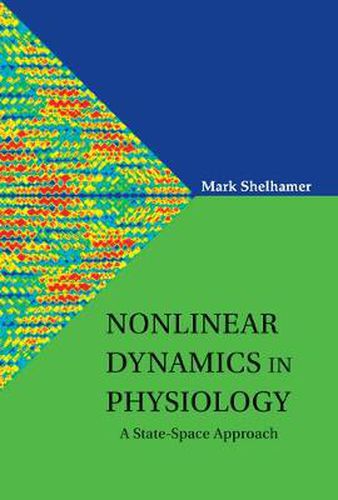Readings Newsletter
Become a Readings Member to make your shopping experience even easier.
Sign in or sign up for free!
You’re not far away from qualifying for FREE standard shipping within Australia
You’ve qualified for FREE standard shipping within Australia
The cart is loading…






This book provides a compilation of mathematical-computational tools that are used to analyze experimental data. The techniques presented are those that have been most widely and successfully applied to the analysis of physiological systems, and address issues such as randomness, determinism, dimension, and nonlinearity. In addition to bringing together the most useful methods, sufficient mathematical background is provided to enable non-specialists to understand and apply the computational techniques. Thus, the material will be useful to life-science investigators on several levels, from physiologists to bioengineer.Initial chapters present background material on dynamic systems, statistics, and linear system analysis. Each computational technique is demonstrated with examples drawn from physiology, and several chapters present case studies from oculomotor control, neuroscience, cardiology, psychology, and epidemiology. Throughout the text, historical notes give a sense of the development of the field and provide a perspective on how the techniques were developed and where they might lead. The overall approach is based largely on the analysis of trajectories in the state space, with emphasis on time-delay reconstruction of state-space trajectories. The goal of the book is to enable readers to apply these methods to their own research.
$9.00 standard shipping within Australia
FREE standard shipping within Australia for orders over $100.00
Express & International shipping calculated at checkout
This book provides a compilation of mathematical-computational tools that are used to analyze experimental data. The techniques presented are those that have been most widely and successfully applied to the analysis of physiological systems, and address issues such as randomness, determinism, dimension, and nonlinearity. In addition to bringing together the most useful methods, sufficient mathematical background is provided to enable non-specialists to understand and apply the computational techniques. Thus, the material will be useful to life-science investigators on several levels, from physiologists to bioengineer.Initial chapters present background material on dynamic systems, statistics, and linear system analysis. Each computational technique is demonstrated with examples drawn from physiology, and several chapters present case studies from oculomotor control, neuroscience, cardiology, psychology, and epidemiology. Throughout the text, historical notes give a sense of the development of the field and provide a perspective on how the techniques were developed and where they might lead. The overall approach is based largely on the analysis of trajectories in the state space, with emphasis on time-delay reconstruction of state-space trajectories. The goal of the book is to enable readers to apply these methods to their own research.